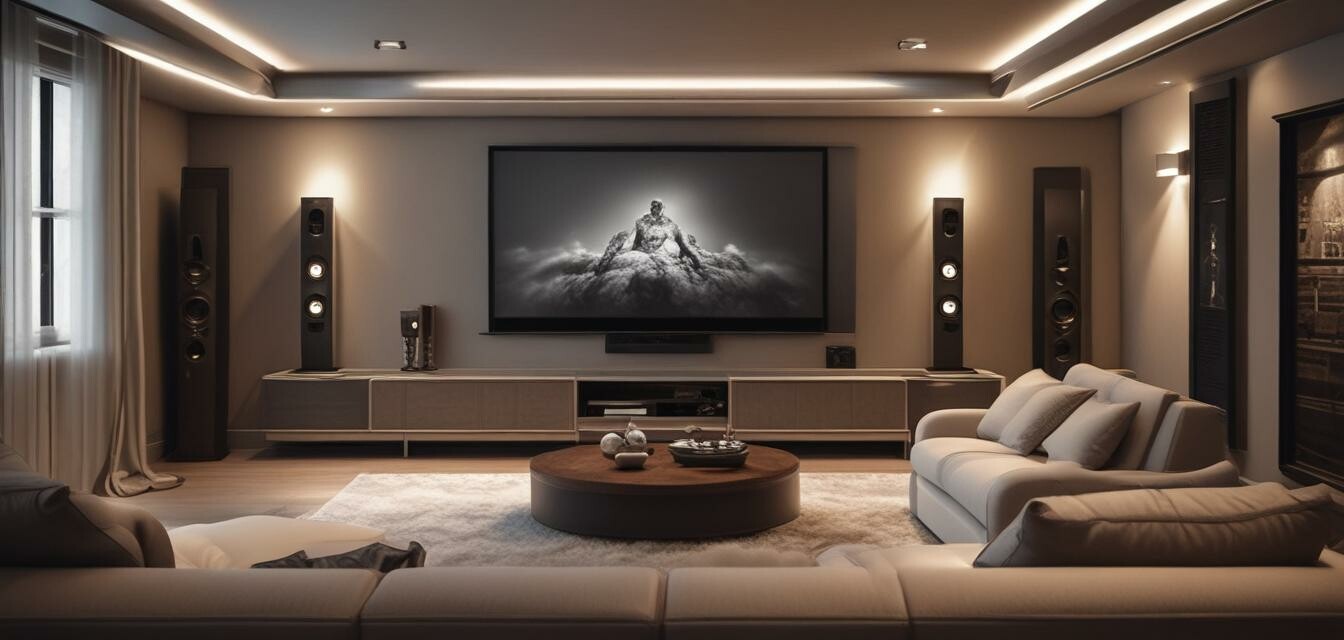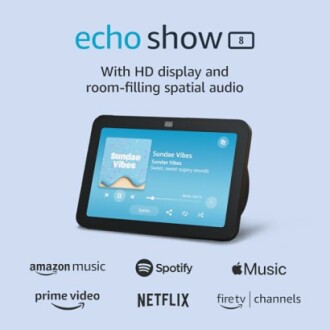
Smart Home Theater Systems: What to Look For
Key Takeaways
- Determine the space and layout before purchasing components.
- Your system should support high-quality sound formats.
- Connectivity options are crucial to ensure compatibility with devices.
- Look for smart home integration features for convenience.
- Consider your viewing preferences – projectors vs. flat screens.
When diving into the world of smart home theater systems, the options can be overwhelming. With advancements in technology, ensuring a seamless user experience is crucial. This guide will walk you through what features to look for and how to optimize your smart home theater setup.
Understanding the Components of Smart Home Theater Systems
Your smart home theater setup consists of several key components:
- Display Technology: Choose between projectors or large-screen TVs.
- Audio Systems: Home theater receivers, soundbars, and surround sound systems create immersive experiences.
- Streamers: Devices that allow you to connect your favorite streaming services.
- Smart Home Integration: Systems that interact seamlessly with home automation devices.
Display Options
Two popular display options can define the quality of your viewing experience:
| Type | Advantages | Disadvantages |
|---|---|---|
| Projectors | Can create a large screen experience; ideal for movie lovers. | Requires a darkened room; may need more setup space. |
| Large-Screen TVs | Bright images in all lighting conditions; easier setup. | Limited size compared to projectors; can be expensive. |
Audio Systems
Getting the sound right is just as essential as having a high-quality display. Choose from:
- **Home Theater Receivers**: Essential for processing audio signals from various sources.
- **Soundbars**: Compact options that provide decent surround sound experience.
- **Surround Sound Systems**: Elevate the experience with immersive audio setups.
Smart Home Integration
Integrating your home theater system with other smart devices enhances the overall functionality. Here are some popular options:
- Amazon Echo Show 8 (3rd Gen, 2023 release): A smart display that integrates with other devices, perfect for managing your home theater.
- Somfy TaHoma Hub: Control automated shades or curtains, enhancing your movie-watching ambiance.
Amazon Echo Show 8 (3rd Gen, 2023 release)
Features spatial audio, an 8" HD touchscreen, and serves as a smart home hub for seamless integration.
Learn MoreConnectivity Options
Ensure to consider the connectivity options available in your theater system:
- HDMI Ports: Check for multiple HDMI inputs for various devices.
- Wi-Fi and Bluetooth: For wireless streaming and easy device connection.
- Smart Home Protocols: Look for compatibility with Zigbee and Z-Wave.
Key Features to Consider
Keep an eye out for the following features while buying your smart home theater system:
- High Definition and 4K Capabilities: Essential for maximizing video quality.
- Audio Formats: Support for Dolby Atmos or DTS-X for immersive sound.
- Smart Control: Voice command capabilities can simplify operations.
Sample Comparison Table of Popular Smart Home Theater Receivers
| Receiver Model | Channels | Streaming Services | Price Range |
|---|---|---|---|
| Yamaha RX-V6A | 7.2 | Spotify, Amazon Music | $600 - $700 |
| Denon AVR-X3700H | 9.2 | All major services | $1,200 - $1,300 |
| Onkyo TX-RZ840 | 9.2 | Spotify, Tidal | $1,000 - $1,100 |
Somfy TaHoma Hub
The ultimate smart home gateway for controlling motorized shades, blinds, and awnings with Wi-Fi and voice assistance.
Learn MoreSetup and Calibration Tips
Proper setup and calibration are essential for maximizing your audio-visual experience:
- Room Acoustics: Consider acoustic treatments to improve sound quality.
- Speaker Placement: Position your speakers for optimal sound experience.
- Calibration: Use an AV receiver’s calibration settings for the best sound.
Common Mistakes to Avoid
Here are some frequent pitfalls to watch out for:
- Overspending on components without ensuring compatibility.
- Neglecting room treatments and speaker placements.
- Choosing low-quality cables that can impede performance.
Conclusion
Investing in a smart home theater system requires thoughtful consideration and planning. By focusing on key components such as display quality, audio systems, connectivity options, and smart integrations, you can create an exceptional viewing and listening experience in your own home. Remember to adapt your choices to your specific space, preferences, and technological requirements.
Tips for Beginners
- Start with a basic setup and expand as needed.
- Look for demo setups in stores to get a feel for audio quality.
- Take the time to read user reviews and expert opinions on products.



